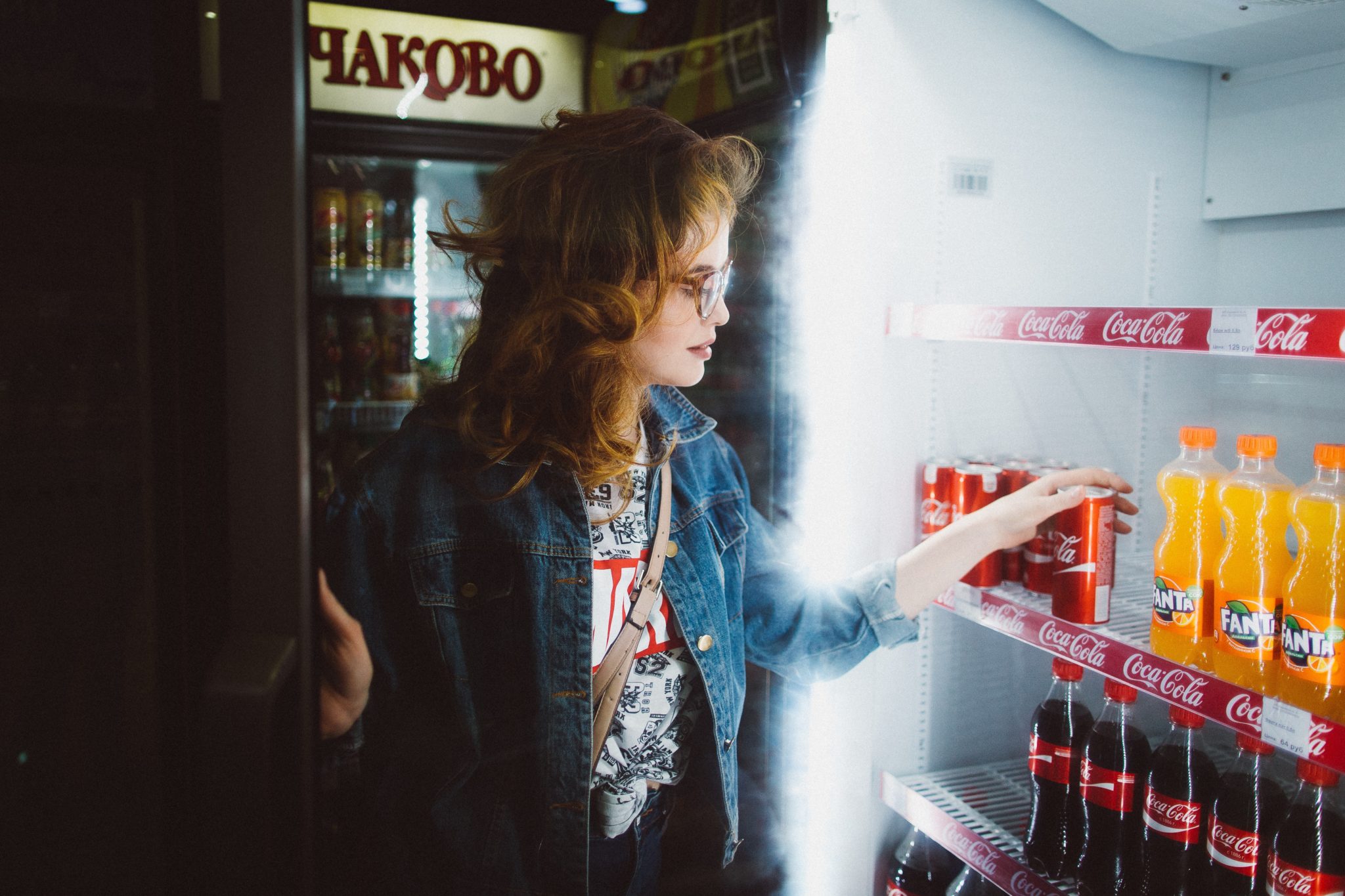Leading brands are now facing a tougher battle than ever before to maintain their incumbent market share. According to a Forbes article, declining market share among 90% of the top brands has hit these companies hard, as customers are not as loyal as they once were.
Generations before, loyalty meant sticking with what you know and trust. A doctor, a corner shop, or even your favorite soup. Now younger generations’ openness to change has changed this. The acceptance of outside brands has opened up unlimited opportunities to underdogs looking to leave their mark.
There are many possible reasons for this increased level of openness, but the infinite information at our fingertips thanks to the internet can be considered a huge contributing factor. Social media has become an engaging community which has encouraged discussions among users, resulting in an environment that can heavily influence a company’s brand in a positive or negative way.
For example, on social media, a loyal customer is more likely to comment, share, follow or post user-generated content to promote a brand’s profile over another. This can be seen as advantageous if they are an advocate for the brand, or it can be incredibly damaging if they have had a bad experience with the brand. Complacency is no longer a luxury brand leaders have. If they are not quick to react to negative reviews and activity on social media, they may find themselves struggling to stay ahead of a younger competitor with great customer service and their finger on the social media pulse.
However, it would seem that brand loyalty is not entirely dead, as it appears there are certain strategies you can employ to encourage loyalty. According to a study, when promoting brand loyalty, coupons and special offers ranked highly among what people wanted to see from brands. Nearly half (46 percent) specifically asked for more “loyalty schemes”. Exclusive access to offers and products would be compelling for 39 percent. And over a third (36 percent) would even like to see time-sensitive offers.
While more than half of the respondents (52 percent) said they would pay more for the brand’s “good service”, there was also an indication that loyalty programs could help as well. Almost a third of the people surveyed by the researchers (32 percent) indicated they would pay more if it were tied to rewards. Additionally, certain leaders have found great success using consistent branding and advertising campaigns using the Mere-Exposure Effect, such as Coca-Cola which famously beat Pepsi in a classic taste test for this reason.

“Brand loyalty is alive and well today but the parents of marketing likely wouldn’t recognize it,” states Fraser.
“To understand brand loyalty in the modern world you must understand the modern audience of Millennials and Gen Zs. These people have grown up with the internet, technology and now smartphones. As a group, they’re more costly and cause-conscious than many give them credit for,” he adds.
“They are willing to switch and stay with a new brand based on personalized and timely offers. Seemingly one-on-one engagements that create a sense of connection privately or publicly can rapidly build brand loyalty. However, modern audiences are equally quick to leave a brand for inappropriate action, such as we’ve recently seen happen to Facebook,” said Fraser.
Clearly, brand loyalty is still obtainable, despite being more elusive than ever before. However, if a company is able to achieve today’s version of brand loyalty, they will undoubtedly have an advantageous edge over the competition.












